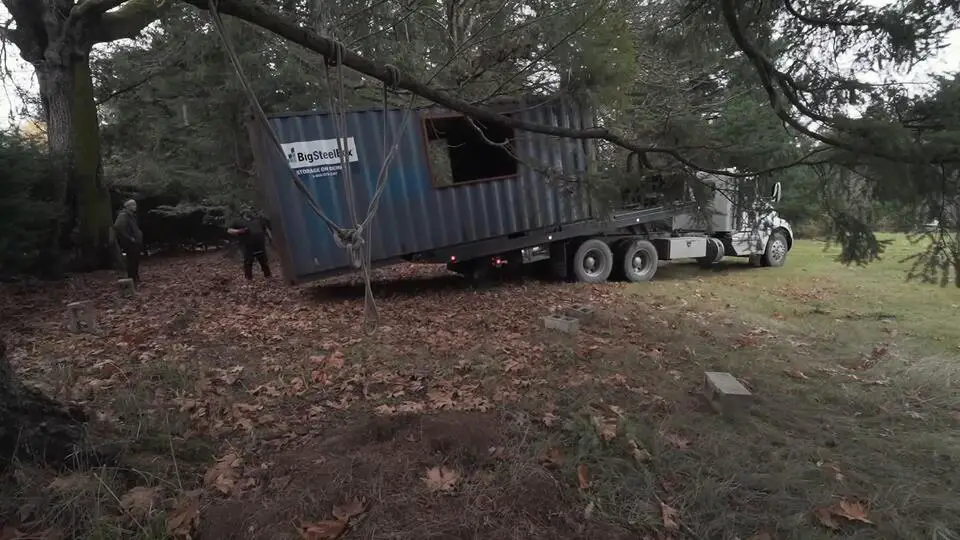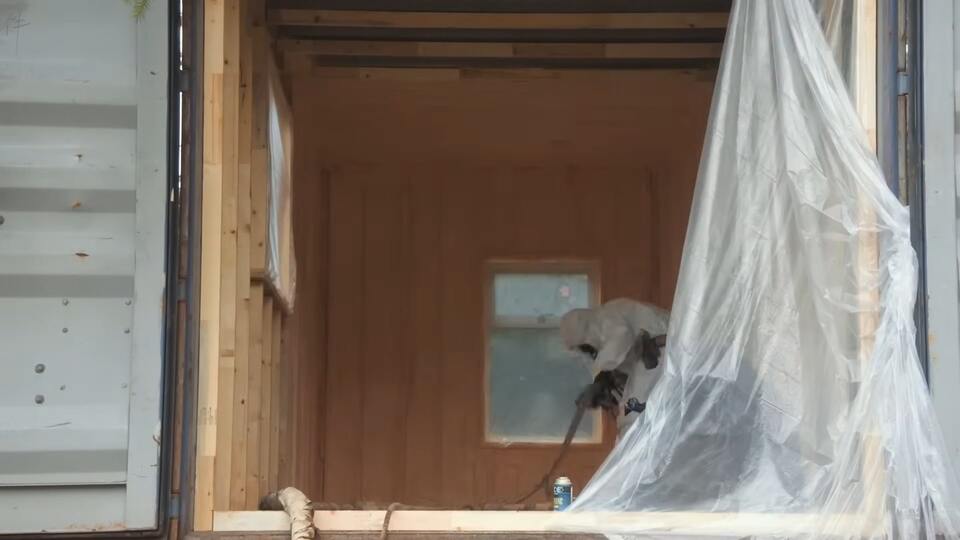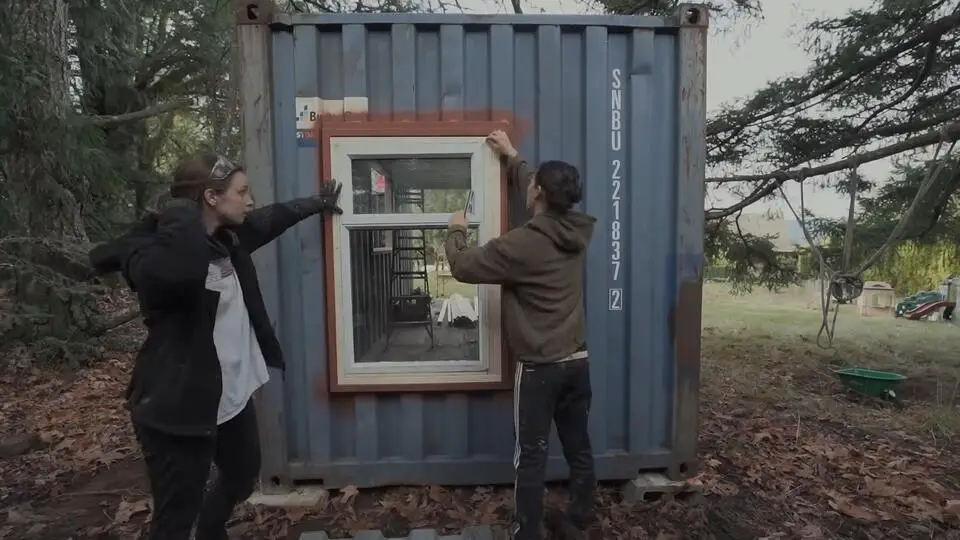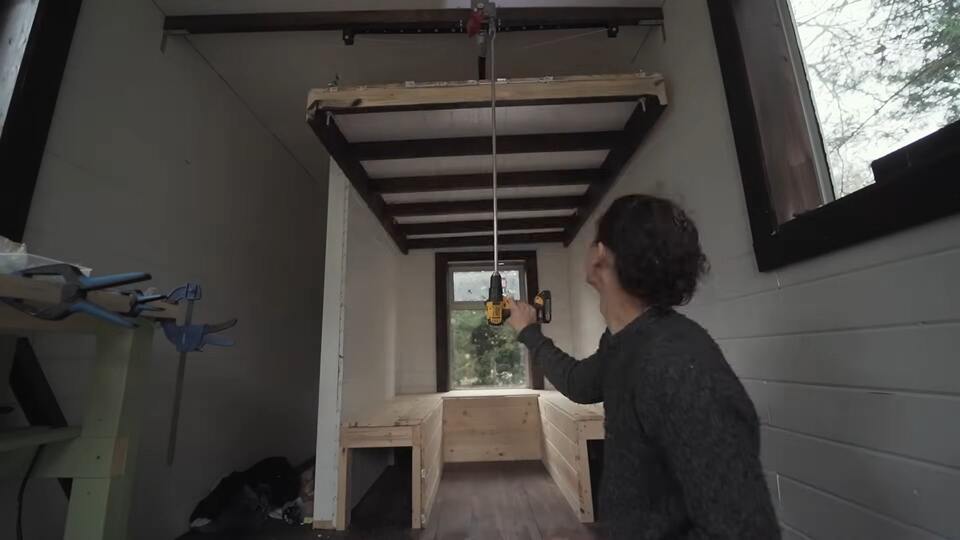Transforming a shipping container into a tiny home has become a popular trend for those looking to embrace minimalism and sustainable living.
The process is a fascinating journey from a cold, steel box to a cozy and functional living space.
Let’s explore the timelapse of such a build process, which not only showcases the creative potential of small spaces but also provides a blueprint for those inspired to embark on their own tiny home projects.

The Transformation Begins for DIY Container Home
Starting with a bare shipping container, the first step in the conversion is to update the flooring, walls, and ceiling.
This is where the container starts to shed its industrial past and begins to take on a more residential character. The choice of materials here is crucial, as they will define the look and feel of the tiny home.

Insulation is Key
One of the most critical steps in this transformation is insulation. Insulation is essential for maintaining a comfortable interior temperature and making the home energy-efficient.
While it can be tempting to rush through this process, it’s vital to take your time. Some choose to add insulation outside the container to maximize interior space, a clever technique that also enhances the home’s thermal performance.

Maximizing Space with Creative Solutions
Tiny homes are all about making the most of a small area, and this build is no exception. With a budget of around $13,000, including the price of the container, this tiny home features an innovative elevator bed.
This design allows for a dual-purpose area: a dining space by day and a bedroom by night. The bed lowers for sleeping and rises to free up space for daily activities.

Customization and Finishing Touches
The customization doesn’t stop at the elevator bed. The home is fitted with DIY dining table, kitchen cabinet, and other amenities that make it feel like home.
These features demonstrate that tiny homes, while small in size, require careful planning and consideration of every square inch.
Planning is Essential
For those inspired to build their own tiny home, remember that a solid plan is the foundation of success.
Despite their size, tiny homes are complex and require thoughtful design to ensure that they are both livable and lovely.
The Final Product
The result of this meticulous process is a charming and mortgage-free tiny home, ready to offer a simpler way of life. It’s a testament to what can be achieved with a creative vision and a commitment to sustainable living.
This particular shipping container conversion project, belonging to Sito Cheng, has captivated millions on YouTube, becoming a source of inspiration for many.
Shipping container homes represent a unique blend of design innovation and environmental consciousness. They challenge us to rethink our living spaces and encourage a lifestyle that is unencumbered by excess.
If you’re drawn to the idea of living simply and sustainably, perhaps it’s time to consider a tiny home of your own. As Sito Cheng’s project shows, with some ingenuity and hard work, you can transform a humble shipping container into the minimalist dream house you’ve always wanted.
For more inspiration and to see the transformation unfold, you can watch the detailed journey on Sito Cheng’s YouTube channel.
